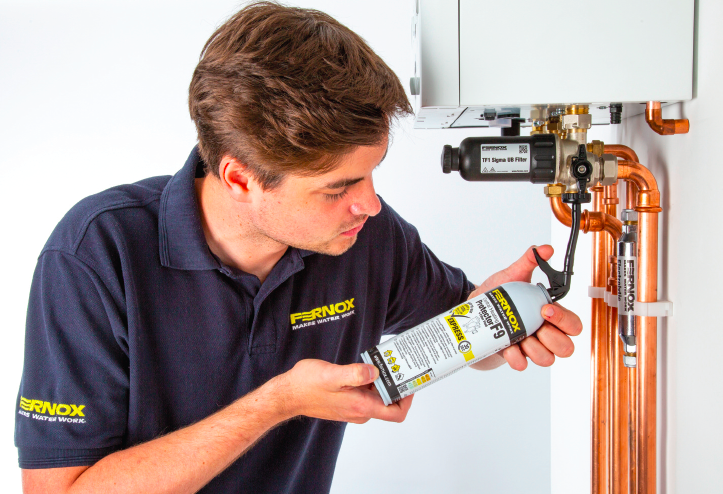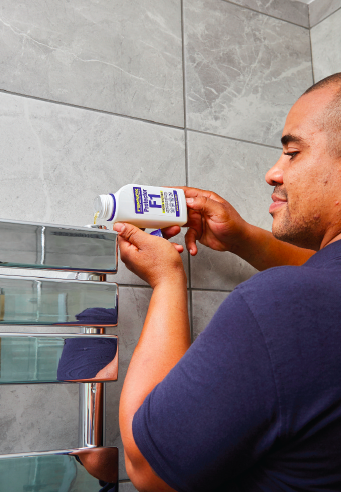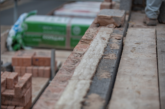
Here, Richard Crisp, Head of Chemistry at Fernox, outlines what housebuilders and developers need to consider for the specification of heating systems in new build properties to ensure the system is compliant, operates correctly and is fully protected.
For heating systems in new housing, it is important to ensure that the specification complies with the regulations, especially Part L of the Building Regulations in England and Wales and Section 6 of the Building Standards in Scotland. These documents state that the guidance contained within BS 7593:2019 should be followed. This is the code of practice for ‘the preparation, commissioning and maintenance of domestic central heating and cooling water systems’ and states that heating systems should always be protected using an in-line system filter in addition to treatment with an effective inhibitor.
However, the correct choice of filter for the application is essential. With many housebuilders and developers seeking to optimise the use of space within a property, especially in smaller homes, it is often necessary to install a boiler in small or restricted spaces. This can present challenges in terms of the installation of the system filter. It is also important to ensure that the placement of the filter will allow easy access for maintenance.
Specially designed compact filters can provide the solution in these instances. While there are a range of such filters available, it is important to recognise that not all compact filters deliver the same level of performance. Therefore, it is always recommended that the product information is evaluated carefully. The filter should include features to capture and contain both magnetic and nonmagnetic debris without restricting the flow of system water. The smallest of these filters, which are ideal for smaller properties, and require just 105mm of pipework space for installation.
For homes designed with concealed pipework to the boiler, there are filters available that are engineered to be installed directly under the boiler, such as the Fernox TF1 Sigma UB Filter, which can be installed in place of the return valve if necessary to minimise the required space. Additionally, with the need to decarbonise heating to reduce carbon emissions and achieve net zero by 2050, low carbon heat sources, such as heat pumps are increasingly common. The use of these systems is set to grow in the coming years with the planned introduction of the Future Homes Standard, which will preclude the use of fossil fuel heating such as gas and oil boilers.
When considering the system specification, it is important to understand the differences between boiler and heat pump systems to ensure that the filters selected are suitable. One of the primary differences is the flow rate. Heat pump systems typically operate at a flow rate of between 6 and 40 litres per minute compared with just 12 to 15 litres per minute for a typical gas boiler system. This high flow rate can mean that some filters that are solely reliant on magnetic filtration may not be as effective, especially those that rely on magnetic filtration to remove debris. Higher flow rates mean it is more difficult for a magnet to initially capture the debris and wash-off is more likely so the contaminants will begin recirculating, potentially causing damage to the system.
Therefore, a filter designed specifically for heat pumps, and is effective at high flow rates, is always recommended. For example, the Fernox TF1 Sigma HP Filter has a design that creates an area of low flow within the filter body that enables particles to settle, achieving efficient debris capture. It is also essential to remember that most heat pumps operate at much lower temperatures, which allow the growth of bacteria and microorganisms and increase the risk of microbiological contamination. This type of contamination is sometimes overlooked, but it can be a serious issue for the longevity of the heating system as these microorganisms can accelerate the degradation of key components. A high-quality biocide should be added to the system alongside the inhibitor to prevent microbiological growth.
Finally, in addition to filters and chemical water treatment, both Part L and the Domestic Building Services Compliance Guide for Scotland, state that hard water must be addressed. In areas where the total hardness in the water exceeds 200 parts per million (ppm) the regulations state that measures should be taken to treat the incoming supply that feeds water heaters and the hot water circuit of combination boilers to prevent limescale build up. One of the most effective solutions to meet this requirement is an electrolytic scale reducer. This simple to fit, zero maintenance product can be installed on the mains feed to the property to provide whole house protection against limescale build-up that lasts up to 10 years.
The specification of the heating system for new properties must include a suitable in-line system filter that can effectively protect key components from wear and damage. It is also essential to ensure the risk of limescale is addressed and that the correct chemical protections are added at the commissioning phase.






